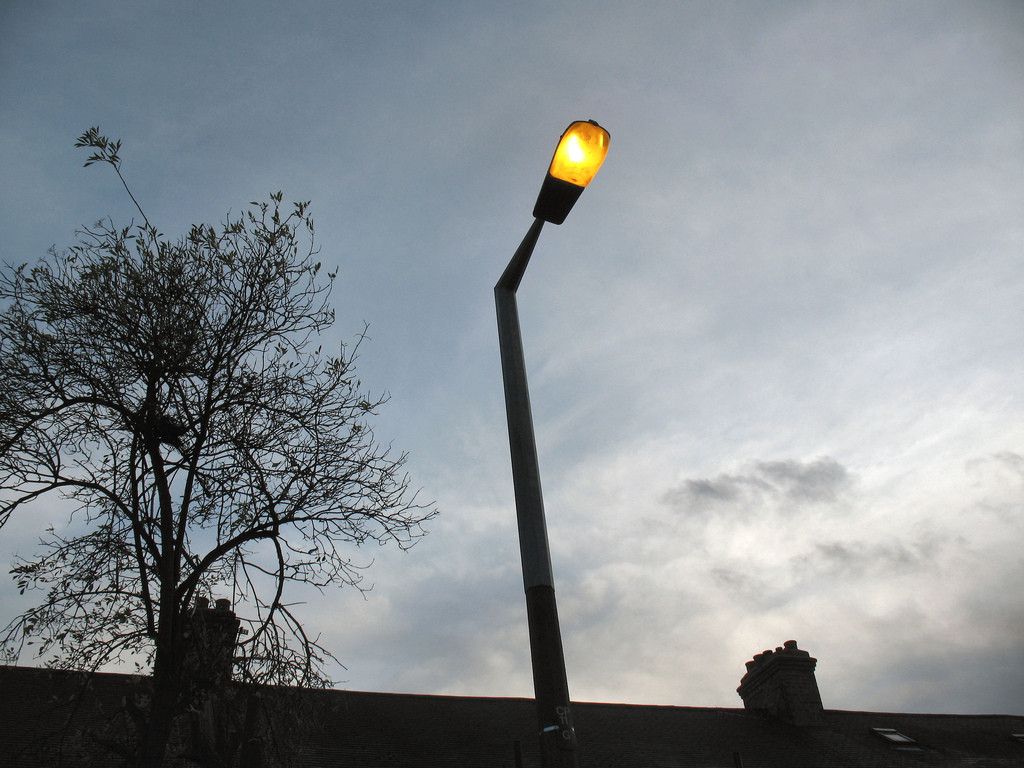
A U.S. Department of Energy webpage states that “about 10% of street lights are brightly lit during daytime and essentially waste electricity due to faulty photosensors.” Such lights are called “day burners.” While some think the 10% figure is a slight overestimate, the electricity day burners waste is significant nonetheless.
Dr. John Bullough, Director of Transportation and Safety Lighting Programs at the Lighting Research Center at the Rensselaer Polytechnic Institute, notes that day burners are “much more likely to be mentioned… when a larger number are malfunctioning, not when everything is working as intended.” While he doesn’t know of any rigorous studies quantifying day burners, smaller surveys point to clusters in areas with older streetlights approaching 10%.
New York’s Hudson Valley town of Marbletown recently found 9% of its operating streetlights were day burners, while the neighboring Town of Rosendale counted only 2%. The local utility, Central Hudson, is responsible for the repair and maintenance of these streetlights, but does not record if photosensors are replaced during repairs.
Since streetlights are un-metered, utilities and municipalities rely on citizens to report when lights are malfunctioning. Day burners sometimes go unreported for years. Google Streetview shows one of Marbletown’s day burners – found in December 2015 – had been malfunctioning
If you spot a day burner, report it. If your municipality doesn’t have a number or website to report streetlight failures, call the electric utility. A single day burner wastes between 350 and 2000 kWh per year, or between 5%-30% of a typical New York household’s electricity use.
All electricity customers bear the cost of day burners via higher rates, and everyone benefits when someone calls to get them fixed.
**********
Web Links
Dayburner on Google Streetview
Environmental Conservation Commission
Rosendale Streetlight Assessment
Photo, posted November 22, 2009, courtesy of Alan Stanton via Flickr.
Earth Wise is a production of WAMC Northeast Public Radio, with script contribution from the Cary Institute of Ecosystem Studies.